Introduction
The Chronic Liver Disease Questionnaire (CLDQ), developed in 1999 by Zobair M. Younossi, M. Keith Guyatt, and George H. Irvine, is a cornerstone in assessing health-related quality of life (HRQoL) for patients with chronic liver disease. Published in Gut by BMJ, this self-administered tool has garnered over 900 citations on Google Scholar, reflecting its widespread adoption in clinical trials and practice. Specifically designed for adults aged 18 and older, the CLDQ evaluates the impact of liver conditions like hepatitis B, cirrhosis, and nonalcoholic steatohepatitis on patients’ lives. Consequently, it provides critical insights for researchers and clinicians aiming to improve patient outcomes.
Consequently, this article explores the CLDQ’s features, applications, and importance for researchers and clinicians working in Gastroenterology, offering insights into its role in improving patient outcomes.
Key Features of Chronic Liver Disease Questionnaire (CLDQ)
Purpose and Use
The CLDQ’s primary goal is to measure HRQoL in patients with chronic liver disease. It captures the multifaceted impact of conditions such as hepatitis B (HBV), alcoholic liver disease, cholestatic liver disease, and cirrhosis. For example, it’s widely used in clinical trials to assess treatment efficacy and in clinical settings to monitor patient well-being, making it a versatile tool for both research and practice.
Target Population
Designed for adults aged 18 and older, the CLDQ is suitable for young adults, middle-aged adults, older adults, and seniors. Its broad applicability ensures it can assess HRQoL across diverse patient groups with chronic liver conditions.
Structure
The CLDQ comprises 29 items across six domains:
- Abdominal Symptoms: Pain, bloating, and discomfort.
- Fatigue: Energy levels and tiredness.
- Activity/Energy: Physical functioning and daily activities.
- Emotional Function: Mood, anxiety, and emotional well-being.
- Worry: Concerns about disease progression.
- Systemic Symptoms: General symptoms like nausea or itching.
Each item uses a seven-point Likert scale (1–7), where higher scores indicate better HRQoL. The total score is the average of domain scores, reflecting symptoms over the past two weeks.
Scoring Method
The CLDQ uses a seven-point Likert scale for each of its 29 items, with scores ranging from 1 (most severe symptoms) to 7 (least severe). Answers reflect the two weeks prior to testing, providing a snapshot of recent HRQoL. The total score, an average of the six domain scores, ranges from 1 to 7, where higher scores indicate better HRQoL. Unlike some questionnaires, the CLDQ lacks predefined cut-off scores, but its continuous scale allows researchers to track changes over time, particularly in response to treatments.
Administration Format
The CLDQ takes 10–15 minutes to administer, making it highly efficient. It can be conducted via:
- Paper-based forms
- Digital (Online) platforms
- Mobile Apps
Its self-administered format, requiring no specialized training, enhances its practicality for busy clinical environments.
Applications of Chronic Liver Disease Questionnaire (CLDQ)
The CLDQ serves multiple purposes in research and clinical practice:
- Screening: Identifies patients with significant HRQoL impairments due to liver disease.
- Monitoring: Tracks changes in HRQoL over time, especially post-treatment.
- Treatment Planning: Guides clinicians in tailoring interventions based on domain-specific insights.
- Research: Widely used in clinical trials for HBV, cirrhosis, and other liver conditions, providing robust patient-reported outcomes.
Languages and Availability
The CLDQ is available in over 25 languages, including:
- Arabic
- English
- Mandarin Chinese
- Spanish
- French
- Russian
- German
- Portuguese
- Japanese
- Hindi
- Along with +25 other languages.
This multilingual accessibility enhances its utility in global research and clinical settings, ensuring cultural relevance.
The Chronic Liver Disease Questionnaire (CLDQ) is free for non-commercial use, making it accessible for academic researchers and clinicians without financial barriers. However, for commercial purposes, a proprietary license applies, and permission is required from the publisher, BMJ. This ensures that the CLDQ remains widely available for research and clinical applications while maintaining oversight for commercial applications. For inquiries regarding commercial use, visit LiverPro for more details.
Reliability and Validity
The CLDQ is highly reliable and valid, boasting a Cronbach’s alpha values ranging from 0.85 to 0.96, indicating excellent internal consistency. with validation studies confirming its robustness across conditions like hepatitis C, nonalcoholic fatty liver disease (NAFLD), and cirrhosis.
Statistical Validation Studies:
- 2004 Study: Validated the CLDQ for chronic liver disease patients, emphasizing its psychometric properties (link).
- 2005 Study: Confirmed the CLDQ’s applicability in liver transplant patients (link).
- 2015 Study: Demonstrated the CLDQ’s sensitivity in NAFLD patients (link).
- 2016 Study: Validated the CLDQ-HCV for hepatitis C patients (link).
- 2019 Study: Highlighted the CLDQ’s utility in assessing HRQoL in chronic liver disease (link).
- 2021 Study: Further validated the CLDQ in diverse liver conditions (link).
These studies underscore the CLDQ’s adaptability and precision in diverse clinical contexts.
Limitations and Considerations
However, despite its strengths, the CLDQ has a limitation:
- Sensitivity to Small Changes: The tool may struggle to detect subtle HRQoL improvements (link).
Other Versions and Related Questionnaires
Alternative Versions of CLDQ
- CLDQ-NA: Tailored for nonalcoholic fatty liver disease.
- CLDQ-HCV: Specific to hepatitis C.
- e-CLDQ: Electronic version for digital administration.
- CLDQ-Cirrhosis: Focused on cirrhosis patients.
- CLD-PSC: Adapted for primary sclerosing cholangitis.
Complementary Questionnaires
- LDSI 2.0: Liver Disease Symptom Index.
- HQLQ: Hepatitis Quality of Life Questionnaire.
- CLDQ-NASH: For nonalcoholic steatohepatitis.
- pLTQ: Pediatric Liver Transplant Questionnaire.
- SF-36: General health-related quality of life survey, often used alongside the CLDQ (link).
More details on these versions are available at LiverPro.
Additional Resources
For more information on the CLDQ and to access the full questionnaire, visit the following resources:
- Questionnaire PDF: CLDQ Questionnaire
- Sample Access: AgedCareTests Sample
- Contact: Email contact@globalnashcouncil.org or call +1 (202) 530-6199. Address: 2411 I St., NW, Washington, D.C. 20037 or visit LiverPro.
- Further Reading: Study 1 (link) and Study 2 (link).
Frequently Asked Questions (FAQ)
- Who can use the CLDQ?
Researchers, clinicians, and healthcare providers use the CLDQ for adults aged 18+ with chronic liver disease. - How long does it take to complete the CLDQ?
It takes 10–15 minutes, making it efficient for clinical and research settings. - How is the CLDQ administered?
It supports paper-based, digital (Online),mobile app, Interview (In-person) and Phone/Video Call formats, offering flexibility. - Is there any cost to using the CLDQ?
The CLDQ is free for non-commercial use; commercial use requires permission from BMJ.
A word from ResRef about Chronic Liver Disease Questionnaire (CLDQ)
The Chronic Liver Disease Questionnaire (CLDQ) is the first fully validated disease-specific health-related quality of life instrument for patients with liver disease. Its six domains—Abdominal Symptoms, Activity/Energy, Emotional, Fatigue, Worry, and Systemic Symptoms (all range 1–7)—and total score provide a comprehensive evaluation. The CLDQ is used for all types of liver diseases, specifically for clinical trials of HBV, alcoholic liver disease, cholestatic liver disease, cirrhosis, and its complications such as hepatic encephalopathy and ascites. Whether you’re a researcher evaluating disease impact or a clinician improving patient care, the CLDQ reveals critical areas that need attention, leading to better outcomes and informed treatment decisions.
References
- Sobhonslidsuk A, Silpakit C, Kongsakon R, Satitpornkul P, Sripetch C. Chronic liver disease questionnaire: translation and validation in Thais. World J Gastroenterol. 2004 Jul 1;10(13):1954-7. doi: 10.3748/wjg.v10.i13.1954. PMID: 15222044; PMCID: PMC4572238 (link)
- Ferrer, M., Córdoba, J., Garin, O., Olivé, G., Flavià, M., Vargas, V., Esteban, R. and Alonso, J. (2006), Validity of the Spanish version of the Chronic Liver Disease Questionnaire (CLDQ) as a standard outcome for quality of life assessment†. Liver Transpl, 12: 95-104 (link)
- Chawla KS, Talwalkar JA, Keach JC, et alReliability and validity of the Chronic Liver Disease Questionnaire (CLDQ) in adults with non-alcoholic steatohepatitis (NASH)BMJ Open Gastroenterology 2016;3:e000069 (link)
- Younossi ZM, Stepanova M, Henry L. Performance and Validation of Chronic Liver Disease Questionnaire-Hepatitis C Version (CLDQ-HCV) in Clinical Trials of Patients with Chronic Hepatitis C. Value Health. 2016 Jul-Aug;19(5):544-51. Epub 2016 Apr 26. PMID: 27565271 (link)
- Younossi ZM, Stepanova M, Younossi I, Racila A. Validation of Chronic Liver Disease Questionnaire for Nonalcoholic Steatohepatitis in Patients With Biopsy-Proven Nonalcoholic Steatohepatitis. Clin Gastroenterol Hepatol. 2019 Sep;17(10):2093-2100.e3. Epub 2019 Jan 11. PMID: 30639779 (link)
- Korean Association for the Study of the Liver (KASL). KASL clinical practice guidelines for liver cirrhosis: Varices, hepatic encephalopathy, and related complications. Clin Mol Hepatol. 2020 Apr;26(2):83-127. Epub 2020 Jan 10. PMID: 31918536; PMCID: PMC7160350 (link)
- Schulz KH, Kroencke S, Ewers H, Schulz H, Younossi ZM. The factorial structure of the Chronic Liver Disease Questionnaire (CLDQ). Qual Life Res. 2008 May;17(4):575-84. PMID: 18389385 (link)
- Younossi ZM, Guyatt G, Kiwi M, Boparai N, King D. Development of a disease specific questionnaire to measure health related quality of life in patients with chronic liver disease. Gut. 1999 Aug;45(2):295-300. doi: 10.1136/gut.45.2.295. PMID: 10403745; PMCID: PMC1727607 (link)



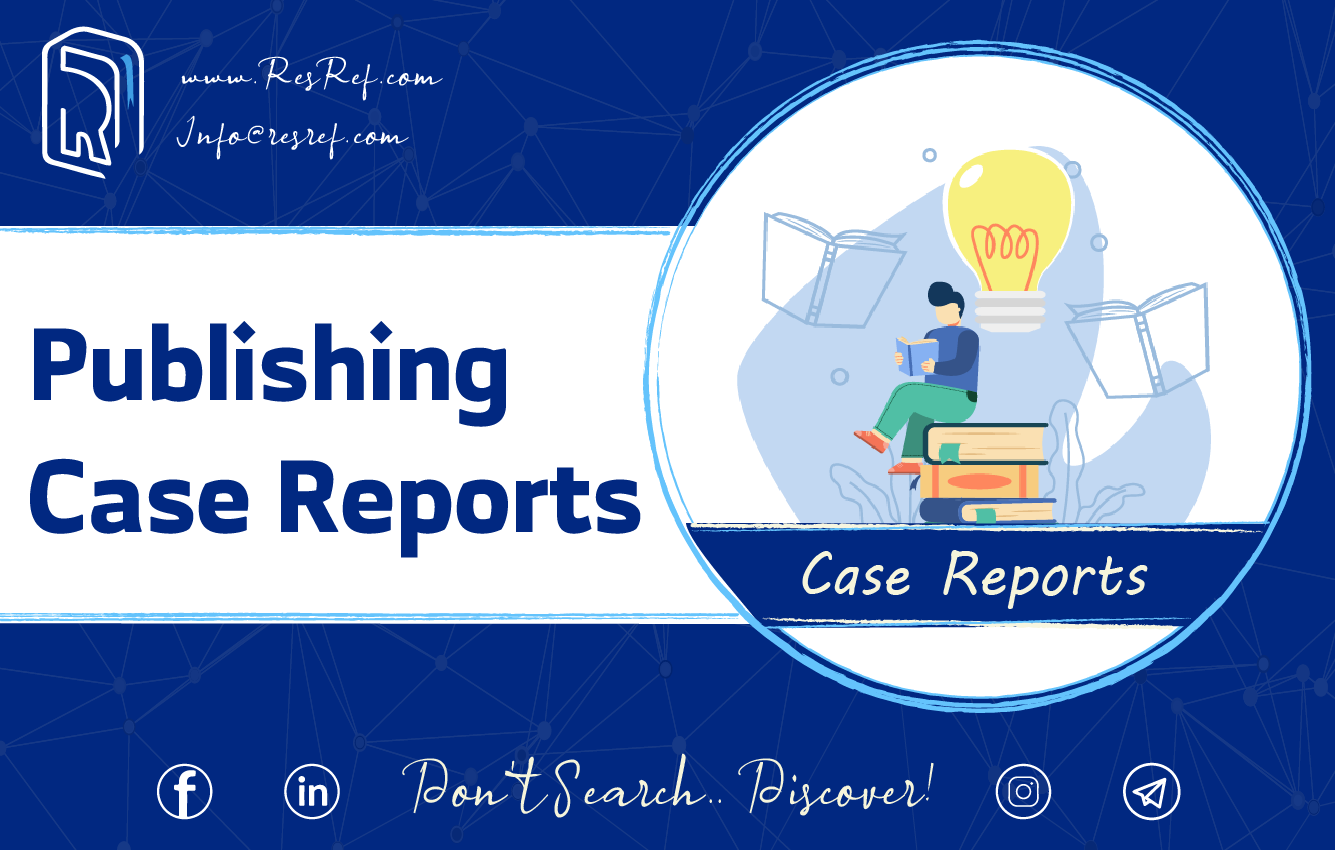
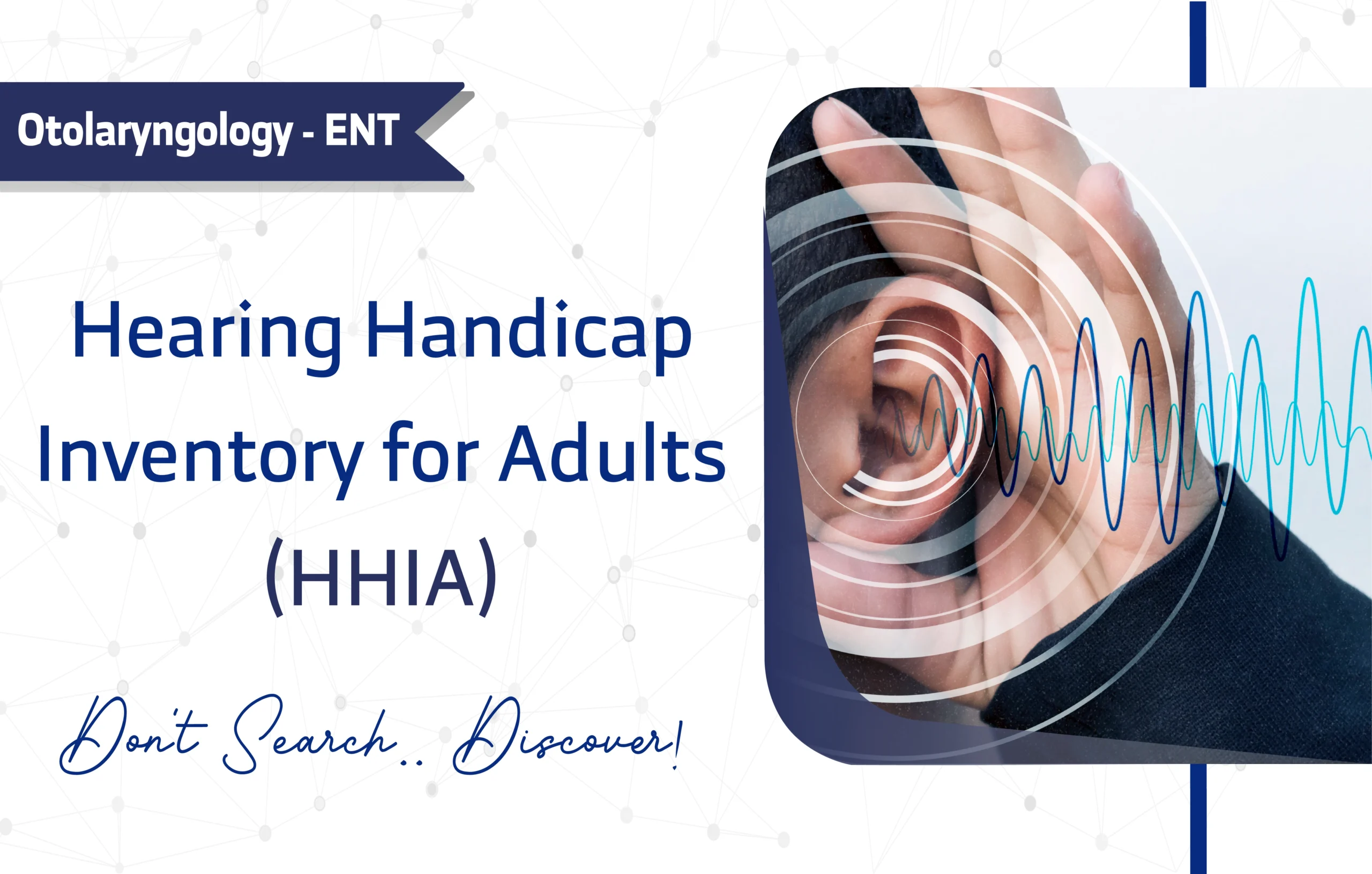
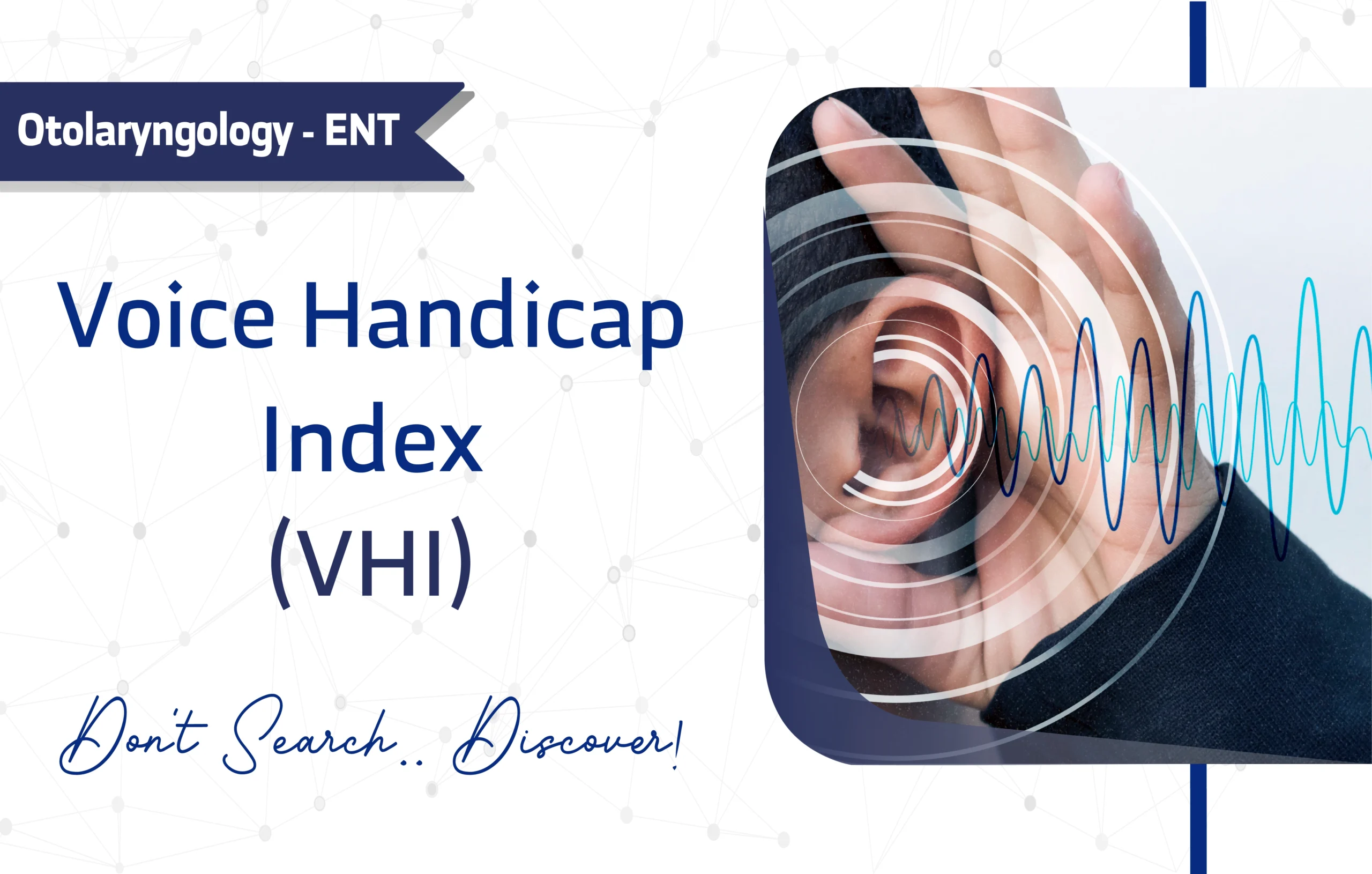
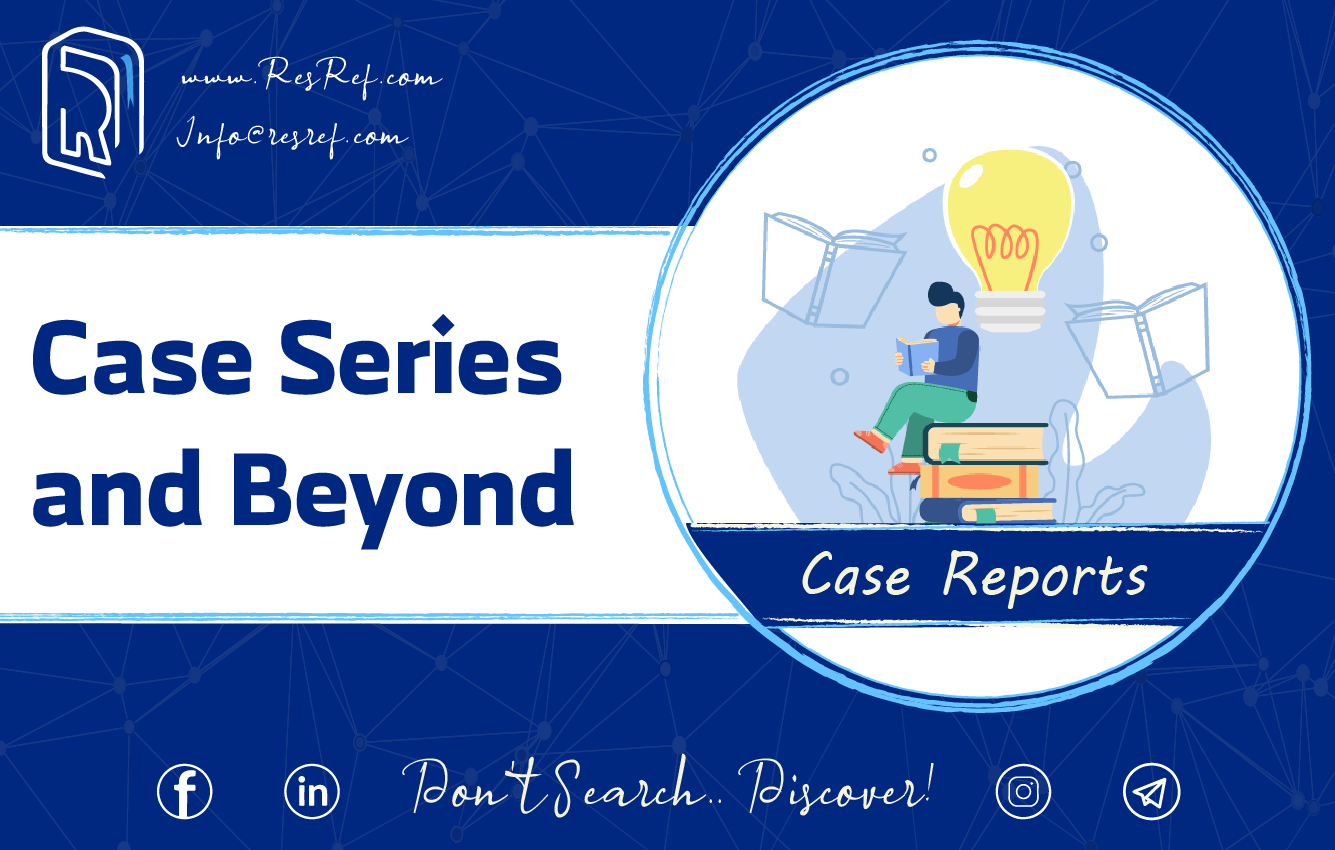
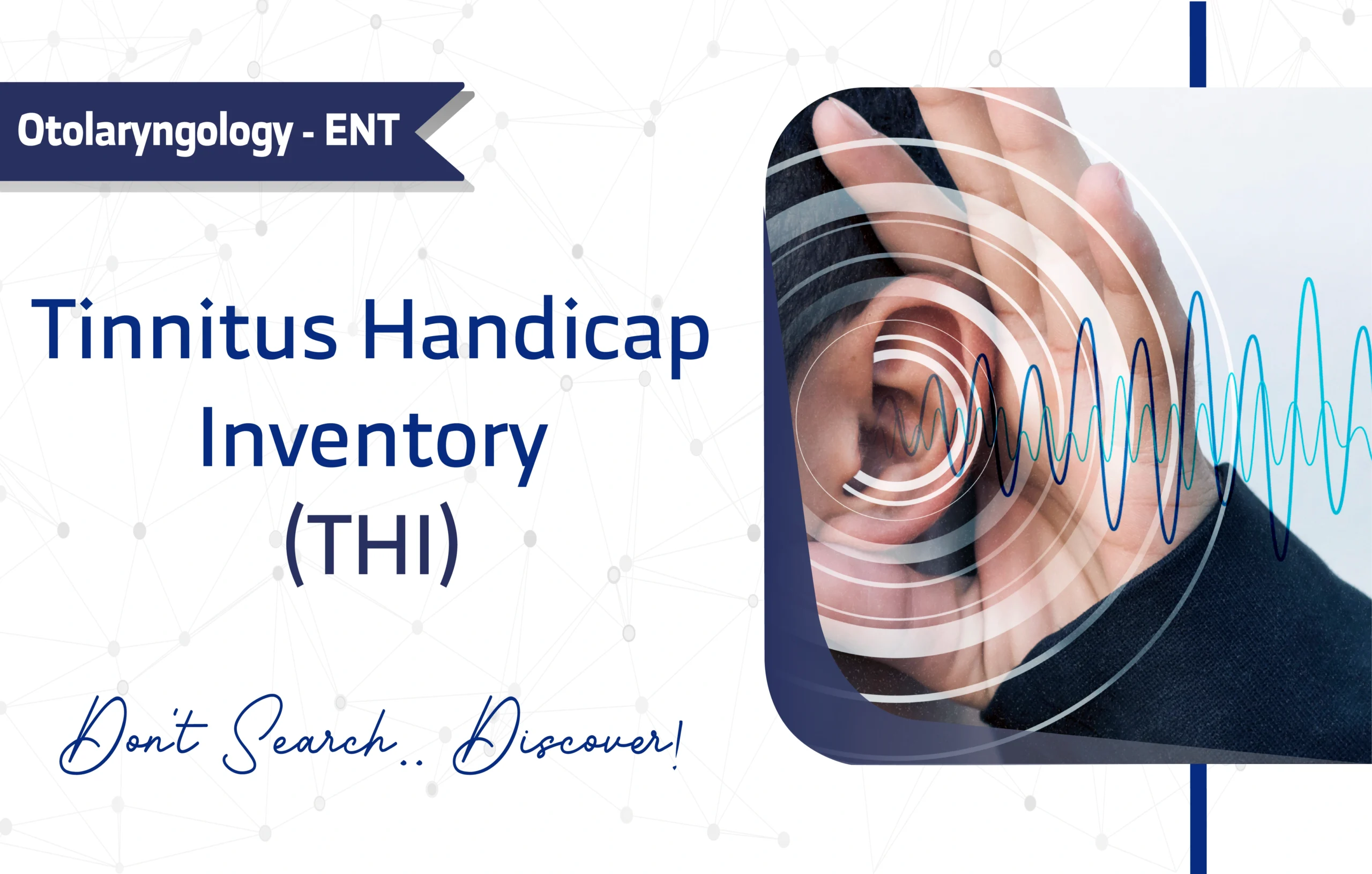
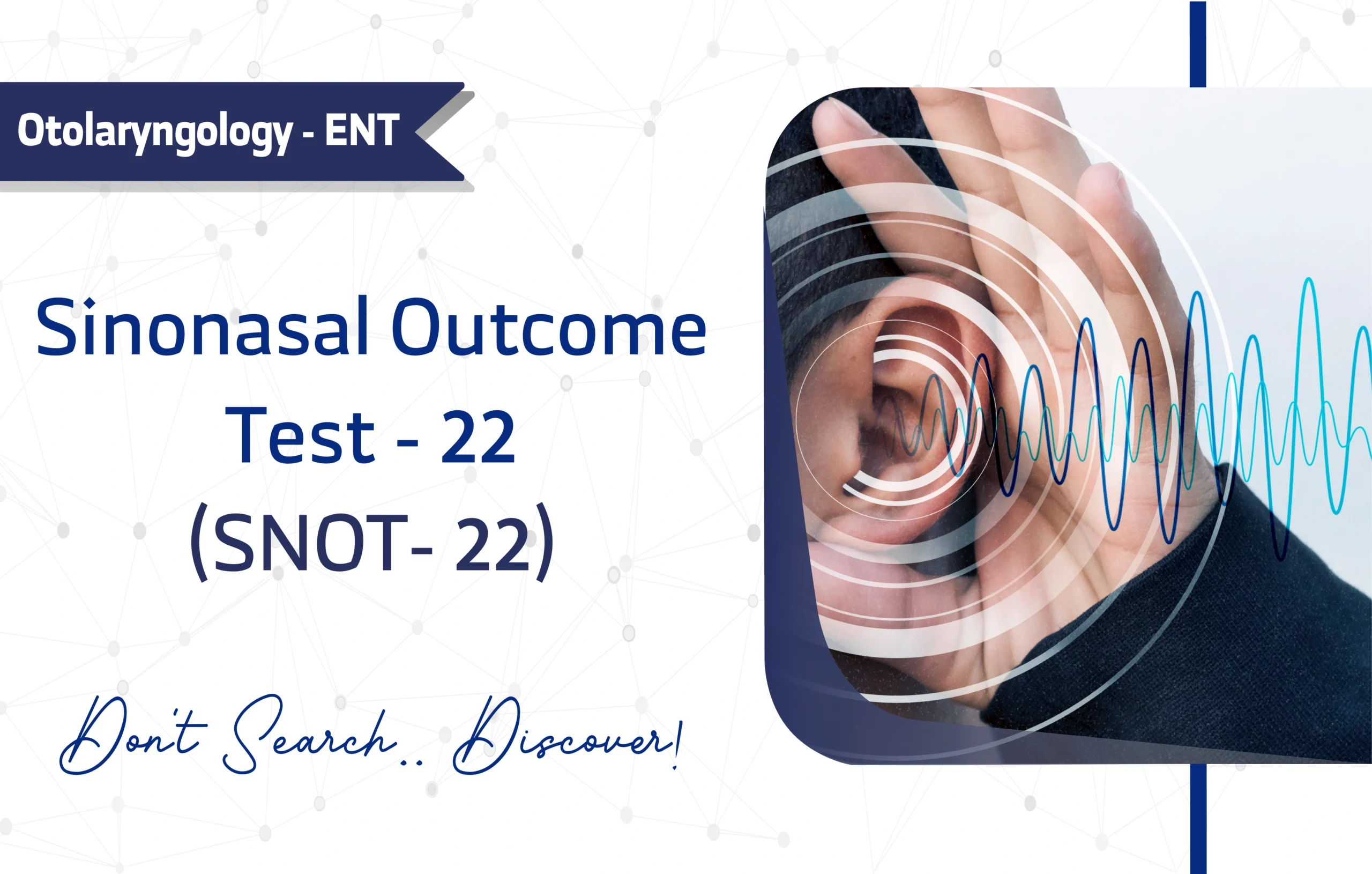
2 thoughts on “Chronic Liver Disease Questionnaire (CLDQ): A Full Guide for Researchers and Clinicians”
I am a clinical researcher interesting in studying the PRO of MASLD patients. How could I have the Mandarin Chinese version of CLDQ and CLDQ NA (including Paper-based forms (pdf?)
Digital (Online) platforms, or Mobile Apps?
This statistical analysis is robust and convincing, as the researchers effectively handled confounding variables with high efficiency. I wonder if a larger sample size would affect the power of the results in real-world scenarios. It is an important step towards clarifying this complex mechanism